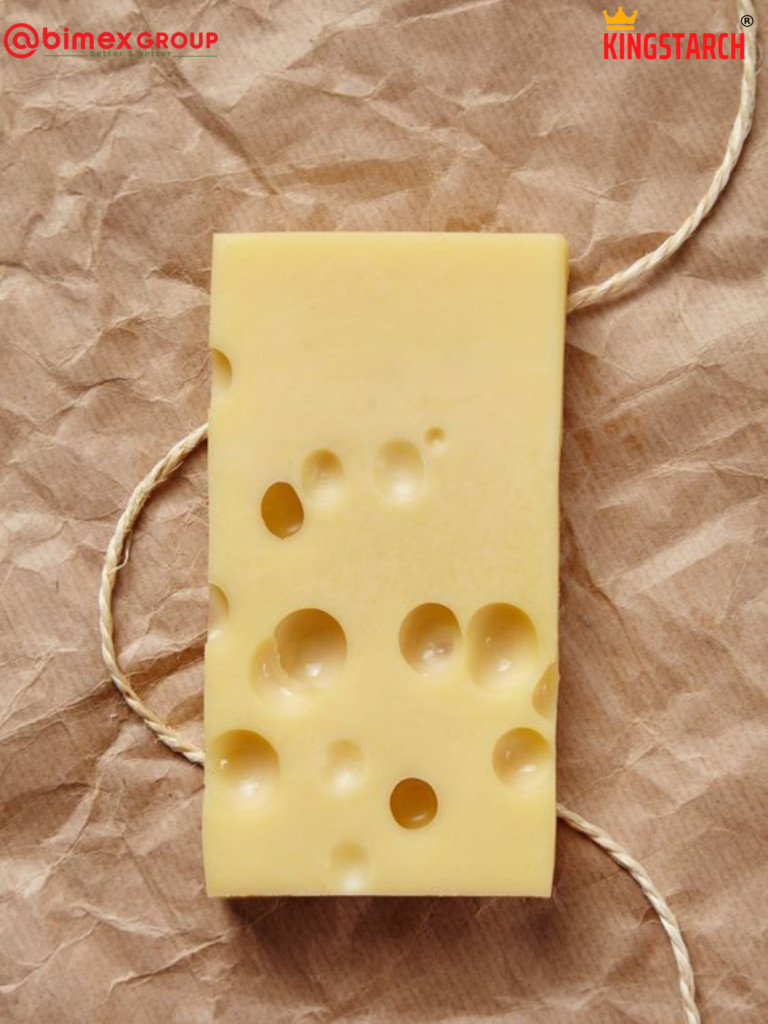Tapioca starch, derived from the cassava plant, is becoming a popular ingredient in the cheese industry. Its unique properties make it an ideal addition to various cheese products, enhancing texture, meltability, and overall quality. This article explores the benefits, applications, and impacts of using tapioca starch in cheese production.
Tapioca starch is a gluten-free, grain-free flour extracted from the roots of the cassava plant (Manihot esculenta). It is widely used in cooking and food processing due to its excellent thickening and stabilizing properties. Tapioca starch is known for its neutral flavor and ability to blend seamlessly with other ingredients.

